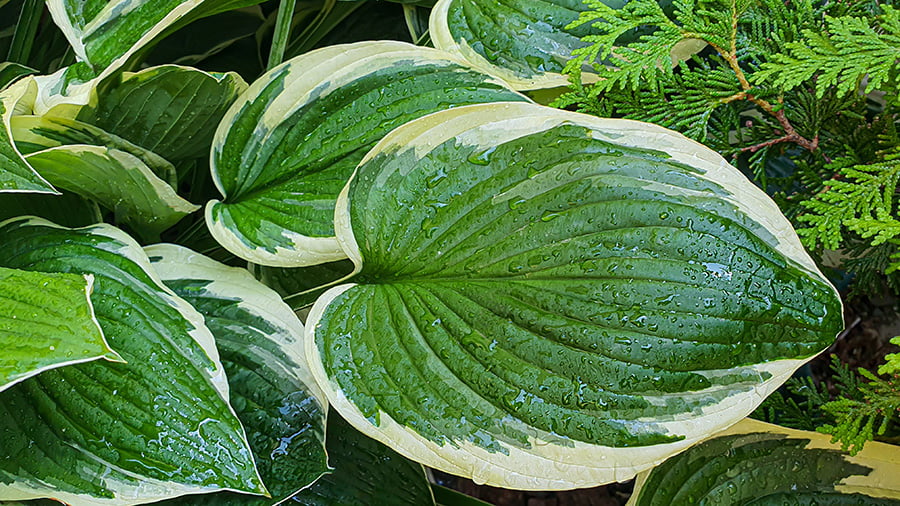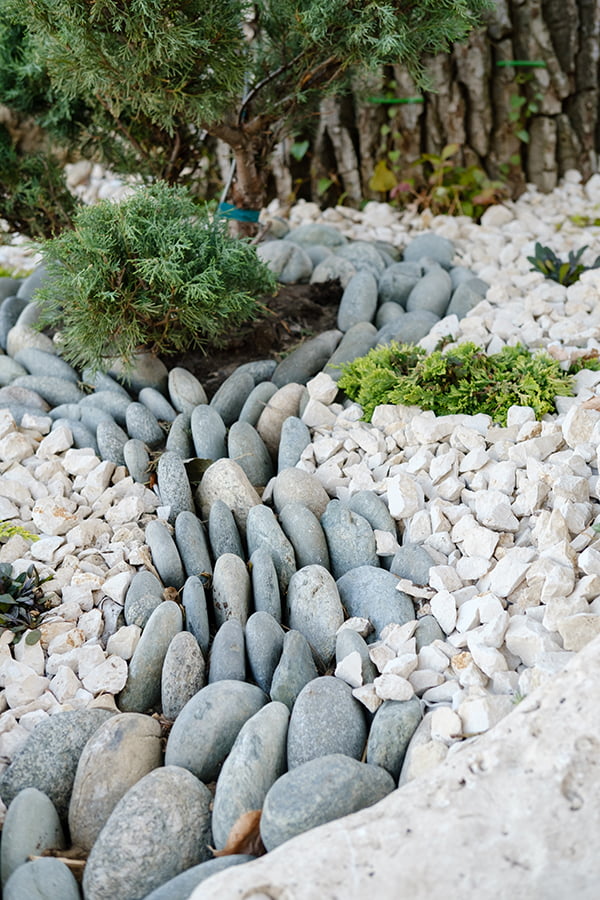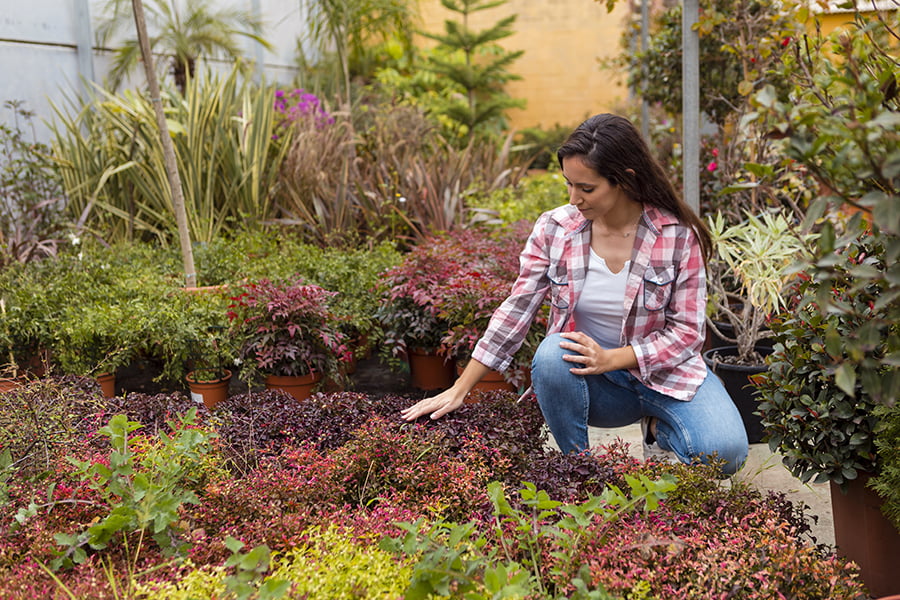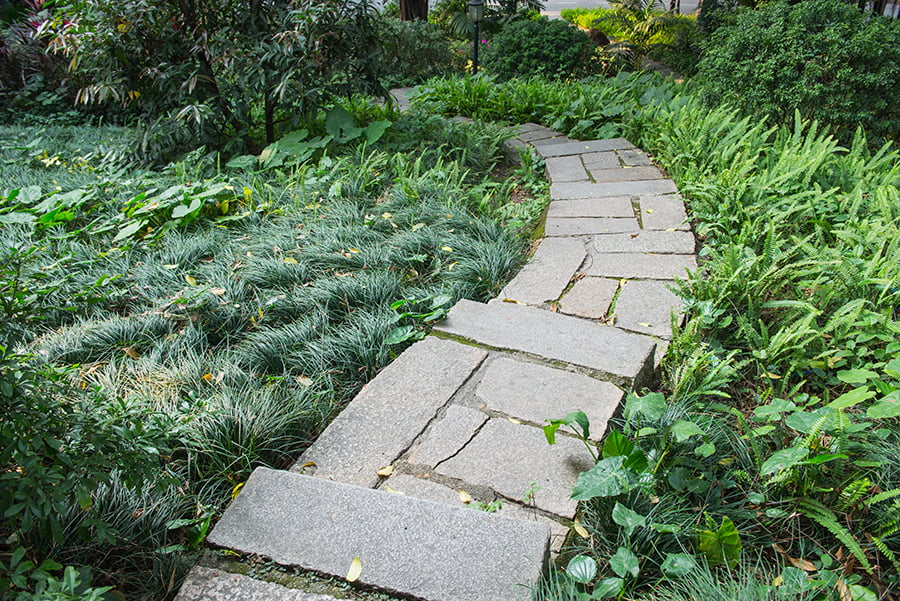The best flowering plants for landscaping depend on the climate, soil type, and desired aesthetic. Popular options include roses, daylilies, dahlias, daisies, and lavender.
When it comes to landscaping, choosing the right plants for your garden can be a challenge. There are so many different types of flowering plants to choose from that it can be difficult to know which ones will work best in your landscape.
Whether you’re looking for low-maintenance blooms or want something that will make a statement, there are plenty of options available. In this blog post, we’ll explore some of the best flowering plants for landscaping and discuss how they can enhance your outdoor space.
Roses
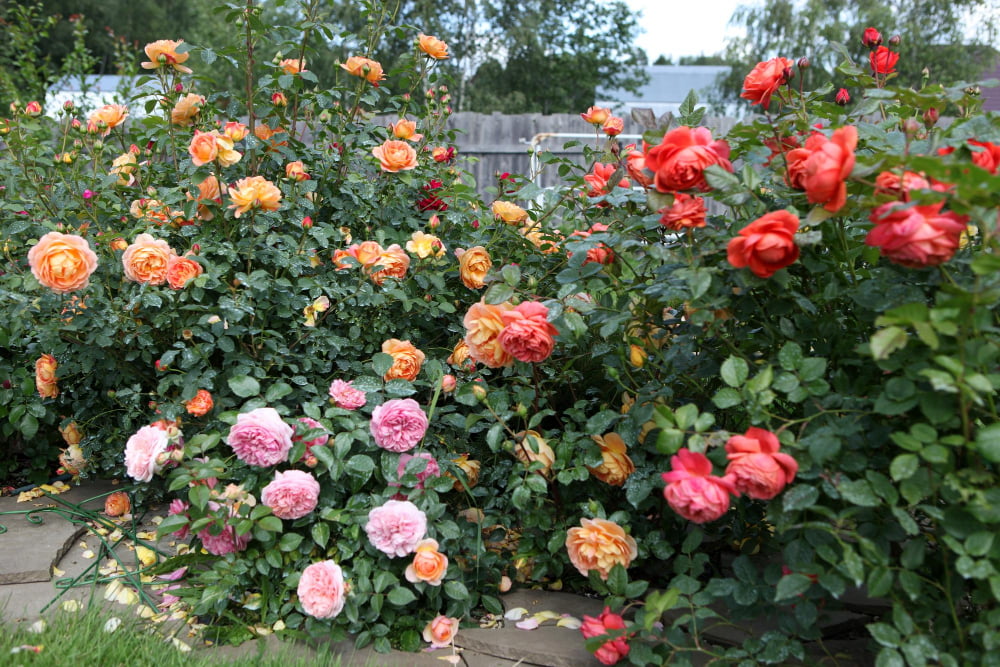
They come in a variety of colors, shapes, and sizes, making them an ideal choice for any garden. Roses have long been associated with beauty and romance, so they can add a touch of elegance to any outdoor space.
They also require minimal maintenance and care, making them easy to keep looking their best year-round. When planted correctly and given proper care, roses will bloom from spring through fall with beautiful blooms that will last throughout the season.
Hydrangeas

These flowering plants come in many varieties, ranging from small shrubs to large trees. They produce clusters of flowers in shades of pink, blue, purple, white or green depending on the variety.
Hydrangeas prefer moist soil and partial shade but can tolerate full sun if given enough water. Pruning is necessary to keep them looking neat and tidy; however, they do not require much pruning as they tend to stay relatively compact when grown correctly.
With proper care and attention, hydrangeas can be a stunning addition to any landscape design!
Azaleas
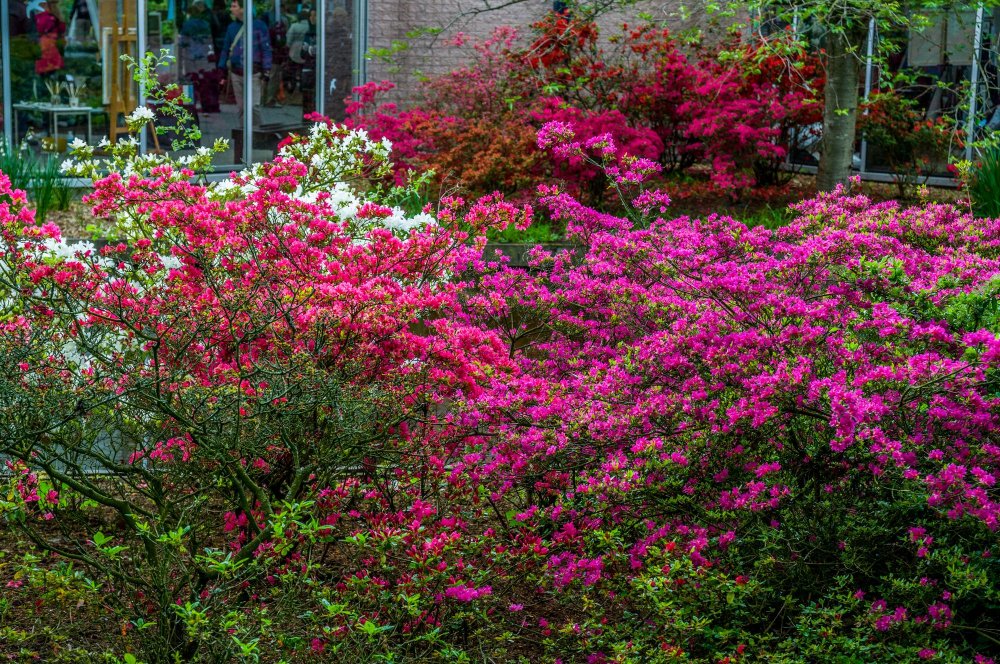
They come in a variety of colors, shapes, and sizes, making them an ideal choice for any garden or landscape design. Azaleas have large, showy blooms that can last up to two months in the springtime.
They are also relatively low-maintenance and require minimal pruning or fertilizing to keep them looking their best. Azaleas prefer partial shade and moist soil with good drainage; they will not tolerate standing water or overly dry conditions.
With proper care, azaleas can provide beautiful color and texture to any outdoor space for years to come.
Lavender
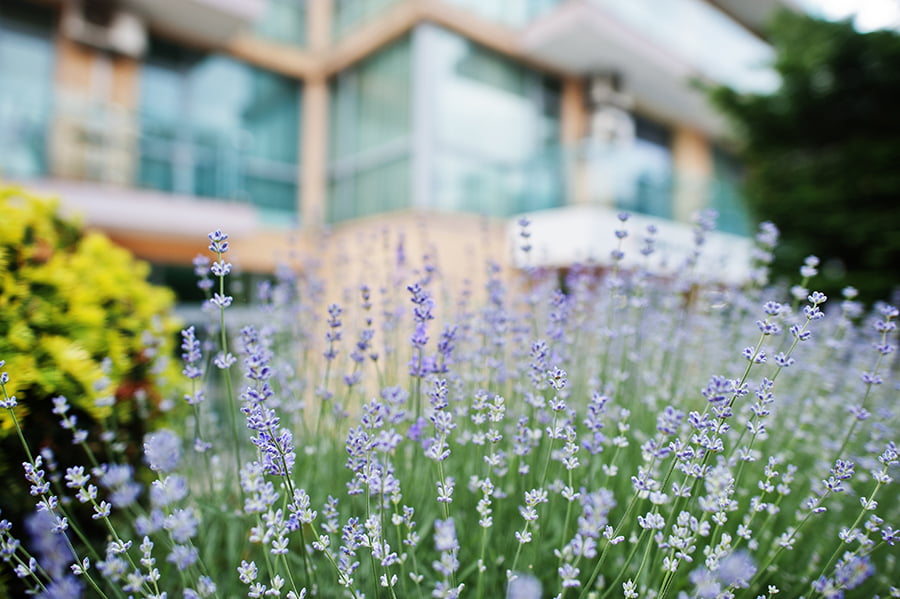
This flowering plant is a member of the mint family and grows in a variety of climates, making it suitable for many different types of landscapes. Lavender produces beautiful purple flowers that are highly fragrant and attract pollinators such as bees, butterflies, and hummingbirds.
The foliage has a silvery-green hue that adds texture to any garden or landscape design. Lavender requires minimal maintenance; it only needs occasional pruning to keep it looking neat and tidy.
It also thrives in sunny locations with well-drained soil, so it can be planted almost anywhere in your yard or garden without much effort on your part.
Marigolds

These flowers come in a variety of colors, including yellow, orange, white, and red. Marigolds are easy to grow and require minimal maintenance.
They thrive in sunny locations with well-drained soil and can tolerate drought conditions. Marigolds also attract beneficial insects such as bees and butterflies which help pollinate other plants in the garden.
Marigolds have a strong scent that helps repel pests like aphids from nearby plants. With their vibrant colors and low-maintenance requirements, marigolds make an excellent addition to any landscape design!
Petunias
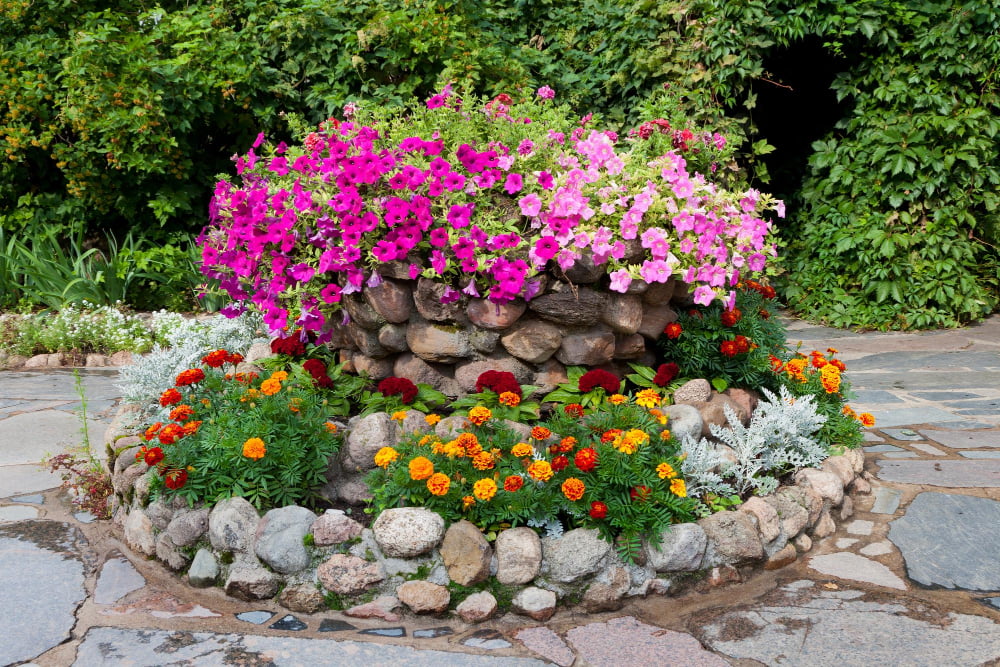
These flowering plants come in a variety of shapes, sizes, and colors, making them an ideal choice for adding color to any landscape. Petunias are easy to care for and require minimal maintenance; they thrive in full sun or partial shade and need regular watering.
They can be planted directly into the ground or grown in containers, making them versatile enough to fit any garden design. Petunias also attract butterflies and hummingbirds with their sweet-smelling flowers, adding even more beauty to your outdoor space.
Sunflowers

Sunflowers come in many varieties, ranging from small dwarf varieties to large giants that can reach heights of up to 12 feet tall. They prefer full sun and well-drained soil, making them an ideal choice for sunny areas of the garden.
Sunflowers also attract pollinators such as bees and butterflies, adding life and color to your landscape. Planting sunflower seeds directly into the ground is easy; simply scatter them over prepared soil in early spring or late summer when temperatures are warm enough for germination.
With proper care, you can enjoy beautiful blooms all season long!
Daisies
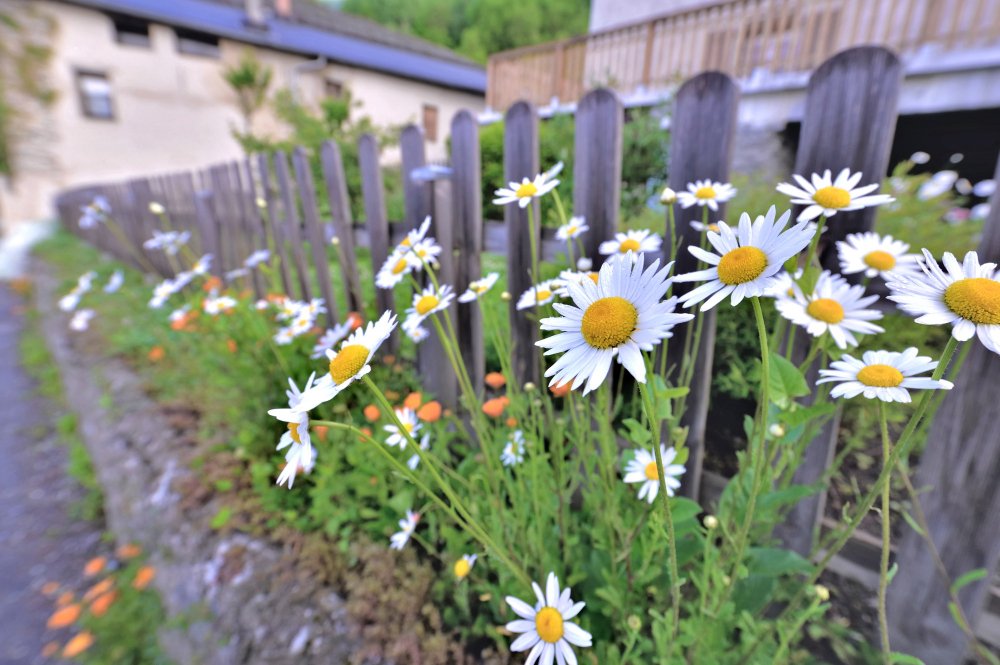
These flowers come in a variety of colors, shapes, and sizes, making them an ideal choice for any garden. Daisies are also known for being hardy plants that can withstand most climates and soil types.
They require minimal care and will bloom from spring through fall with proper watering and fertilization. Daisies make great additions to flower beds or borders as they provide color throughout the growing season without needing much attention.
Hibiscus
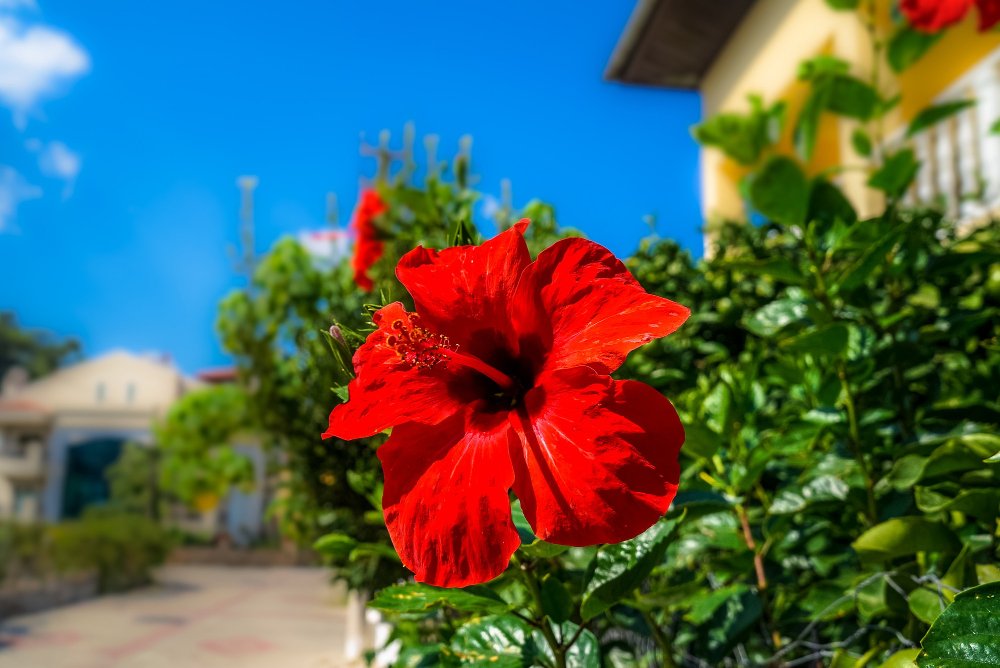
It is an evergreen shrub that can reach heights of up to 10 feet, making it ideal for creating a lush backdrop in any garden. The flowers come in many different shades, including pink, red, yellow, white and purple.
They are also known for their large size and showy petals that attract hummingbirds and butterflies. Hibiscus plants require full sun exposure and well-drained soil with plenty of organic matter to thrive.
They should be watered regularly during the growing season but allowed to dry out between waterings during the winter months. Pruning should be done after flowering has finished in order to encourage new growth and more blooms next season.
